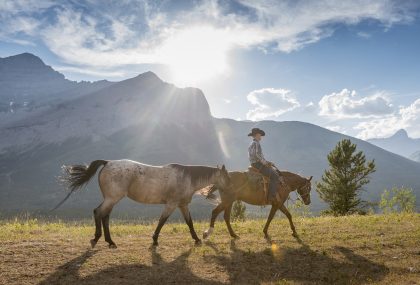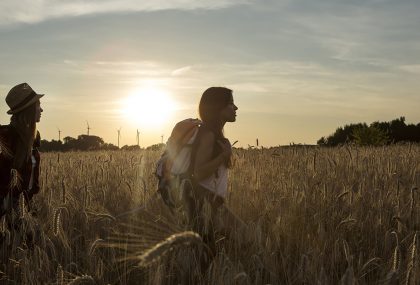The adventurer’s handbook: safety first
High-adrenaline activities are booming, as holidaymakers around the world embrace ever more extreme and exciting adventures while they’re away. But as consumer travel expert Nick Trend advises, however daredevil you are, it makes sense to follow a few basic safety tips...
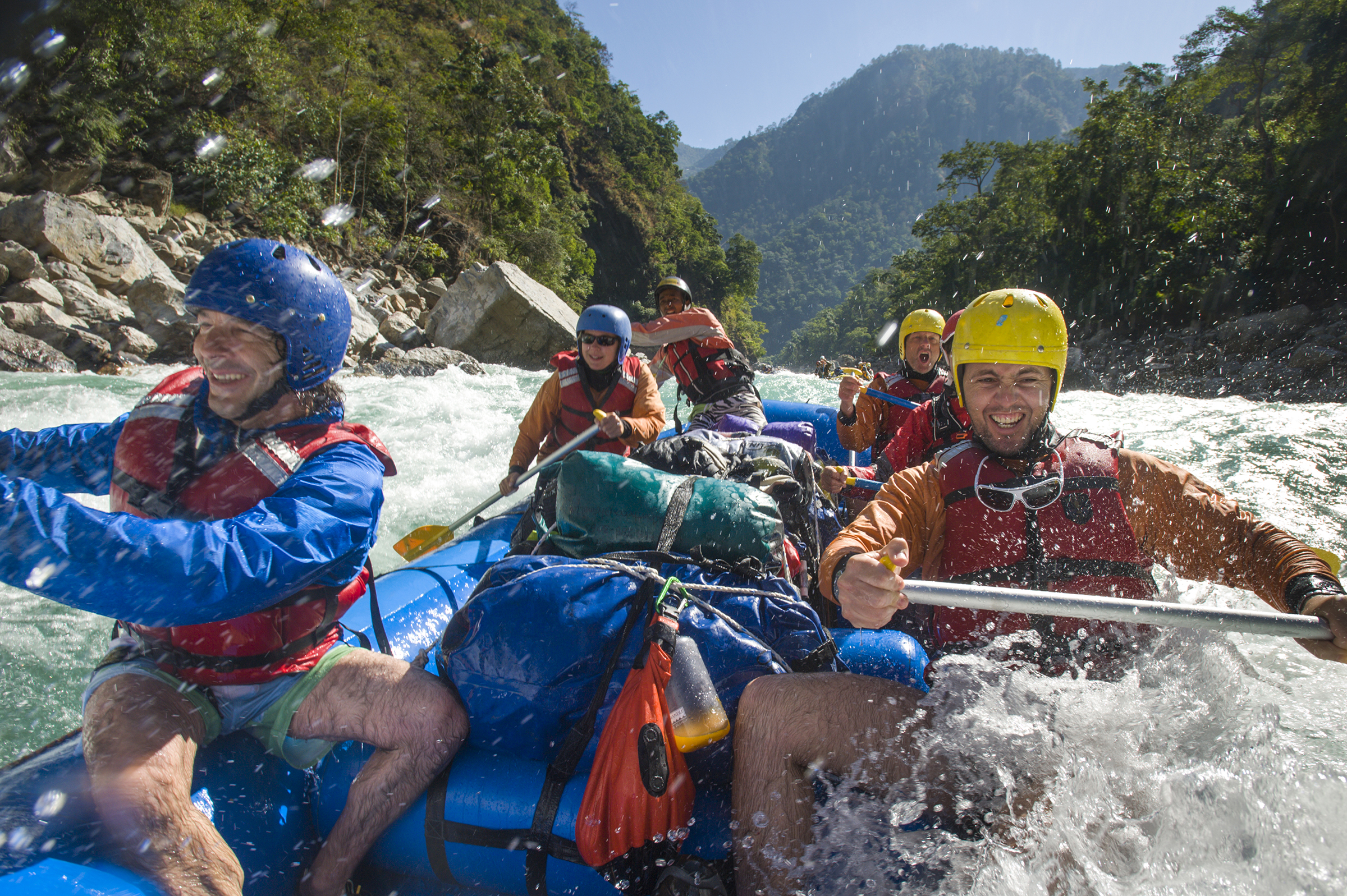
If travel broadens the mind, it can also have a pretty stimulating effect on the body, particularly when you get the chance to experience adventure sports, endurance challenges and extreme environments. But while it’s great to enjoy adrenaline highs, how can you be sure you are going to be safe, especially when you’re in an unfamiliar country and unsure of the local safety standards?
Here are five classic adventures, with safety pointers for each – but whatever kind of activity you’re thinking of booking, there are some common precautions to bear in mind.
Health: consult your doctor at least two months before travelling, for advice on your own fitness and to allow enough time to prescribe vaccinations or anti-malarial drugs.
Weather: some activities are best undertaken at certain times of year, so check the climate before you go. Weather2Travel.com has an excellent database of climate guides.
Insurance: travel insurance policies usually have exclusions or charge extra premiums for ‘high risk’ activities – make sure you’re covered.
Risk: be very wary of any operator that doesn’t ask questions about your own fitness to undertake an activity. Risk assessments may be boring, but they prove the operator is taking safety seriously.
Security: if travelling to an area or country that may be politically unstable, check your government’s travel advice before booking.
Bungy jumping in New Zealand

From the original 1988 jump in Queenstown to the Auckland Harbour Bridge bungy, New Zealand is the world capital of bungy jumping. And it’s a good place to do it: there is a legal requirement that all operators are registered with the government and have a regular safety audit that covers both the equipment and the staff training operating procedures. Ask for confirmation of this when you book. Checking the equipment yourself might not be practicable, but a key thing to look out for is that all elements of it must have a back-up – for example, an additional safety harness.
White-water rafting in Chile
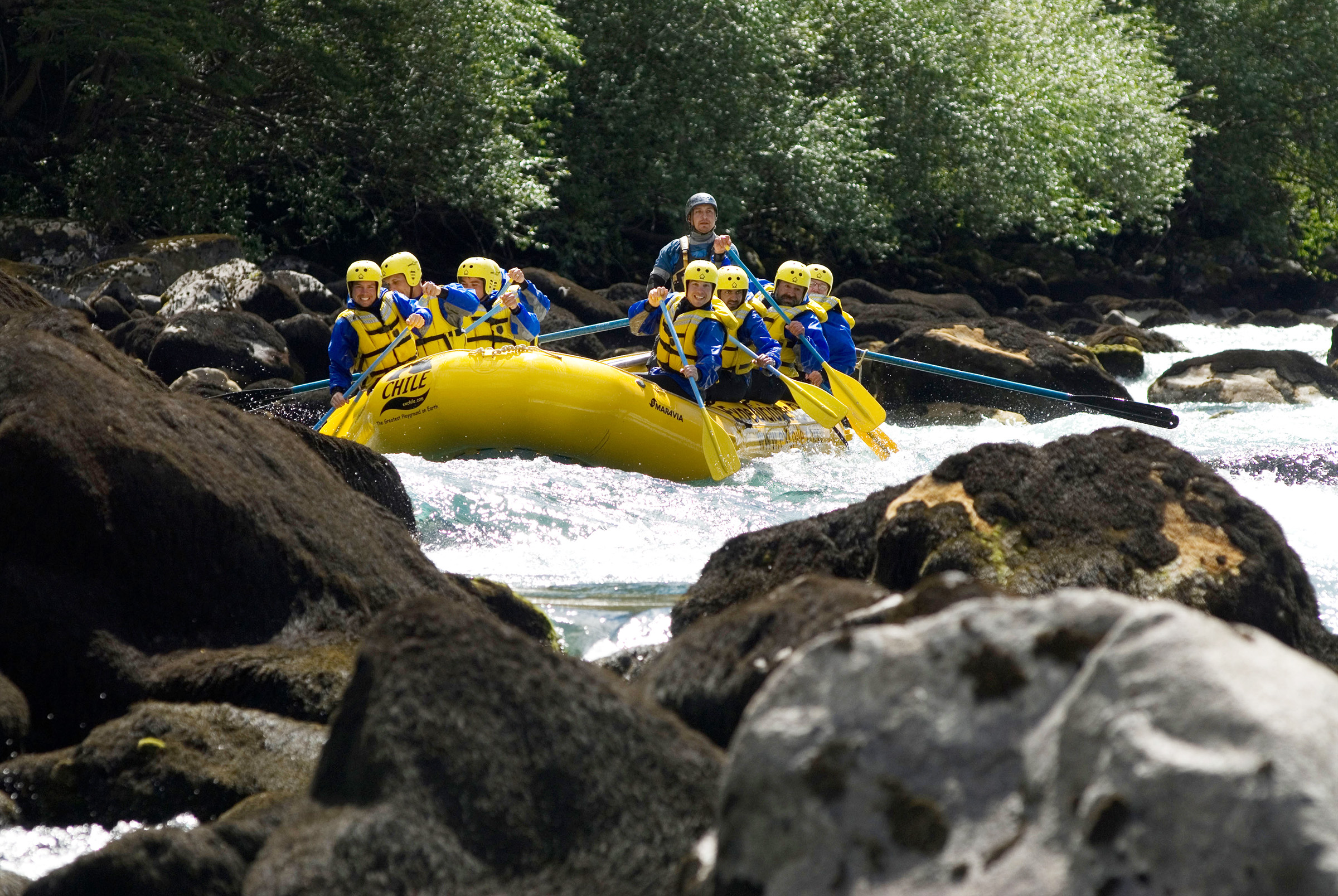
The Futaleufú River in northern Patagonia offers some of the world’s best rafting amid spectacular Andean mountain scenery, and a variety of different descents from gentle stretches to class five rapids (on a one-six scale). It’s critical to choose a trip at an appropriate level for your experience: five is suitable only for experts, while beginners should raft class two or below. Talk through your level of experience with the operator before you book, and if you’re taking a trip that lasts several days, check that it will be escorted by additional safety boats. When it comes to choosing an operator, Moon Guides has a useful summary, while timing-wise, the best – and safest – time to travel is usually March.
Polar bear spotting in Canada
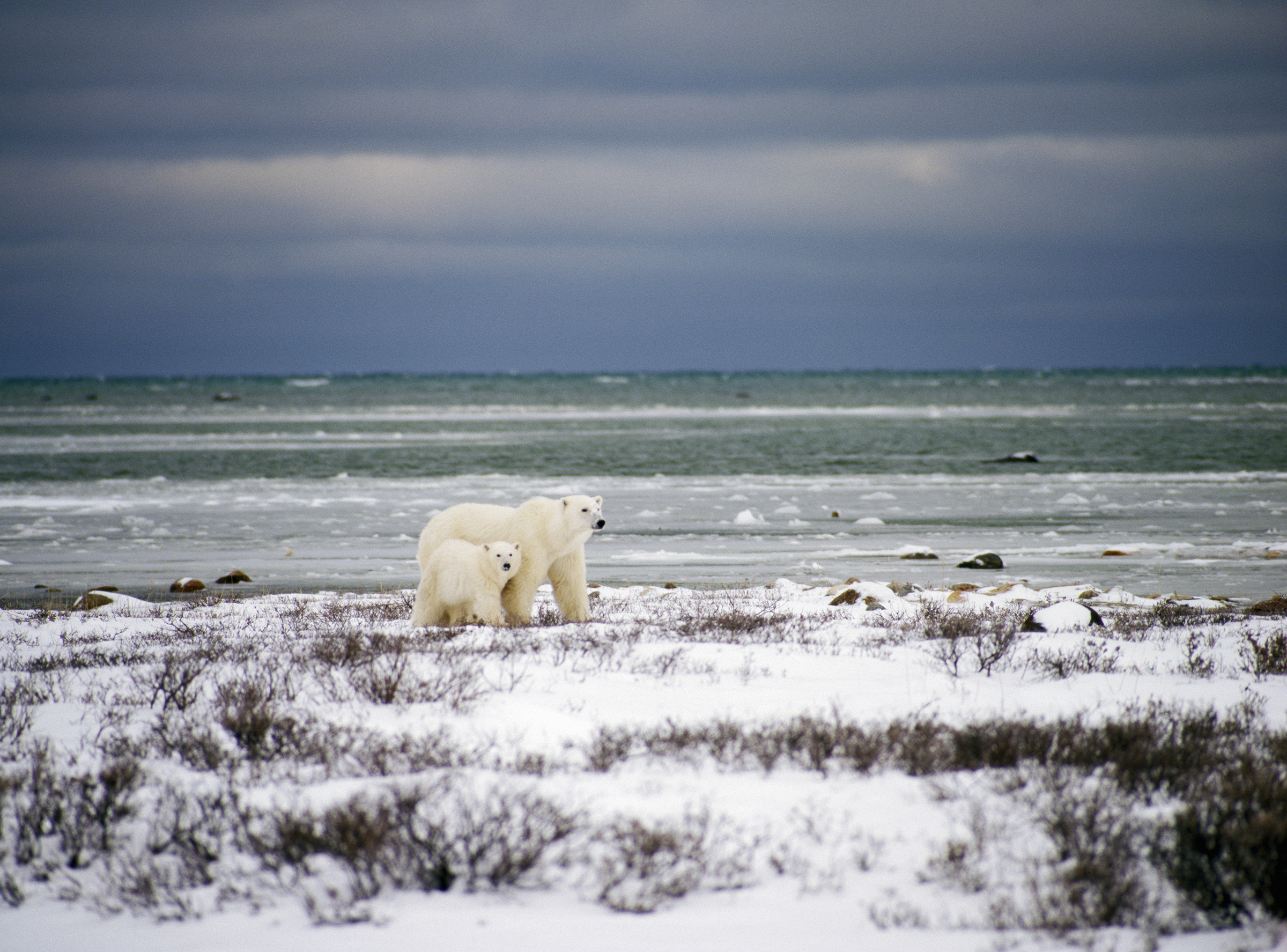
Churchill in Northern Manitoba, Canada is one of the best places to see polar bears, during their annual migration to the northern ice floes in October and November. For safety reasons, you must book a trip on a specialised all-terrain vehicle, which will have its own outdoor viewing platform at the rear and a professional guide to make sure the bears are not unduly disturbed and you remain safe. In summer, there is also a chance of encountering bears if you are camping in the nearby Wapusk National Park. They can be extremely dangerous, especially if stressed, so you should only visit with a licensed operator and you need to be aware of the risks and safety procedures – you’ll find a list of operators and a full visitor safety briefing on the park website.
Diving with sharks in South Africa

Facing a great white shark nose-to-nose through the protective bars of an underwater cage is an increasingly popular adrenaline trip off the south coast of South Africa. The main concern for participants is not just the security of the cage, but also the stability of the boat. The Department of Environmental Affairs and Tourism issues licences to cage diving operators, and the South African Maritime Safety Authority (SAMSA) oversees safety at sea – so make sure the operator is licensed and complies with SAMSA standards. For example, all crew should be properly trained (not just helpful volunteers), and passengers should be given a full briefing before boarding. Check the weather forecast too – if the weather is bad, the boat shouldn’t go out.
Trekking to Everest base camp in Nepal

There are two base camps on Everest; both at over 5,000 metres, and at that height there is a significant risk of altitude sickness. You can mitigate this (though not necessarily prevent it) by getting fit before you travel; acclimatising for a week or two before you start trekking, and then ascending slowly. If you start to suffer, the best cure is to descend until you feel better. Pack lightly: you need layers to cope with hot days and cold nights, but you don’t want to carry too much. Timing is important, too – from March to April and from September to November are the optimum and safest times to trek. It is essential to have a qualified guide and the required permits – book either through an overseas tour operator or (more cheaply) direct with a local company, which must be a member of the Trekking Agencies Association of Nepal.
If you still haven’t satisfied your adrenaline-rush appetite, find more inspiration with our top trips for thrill-seekers
